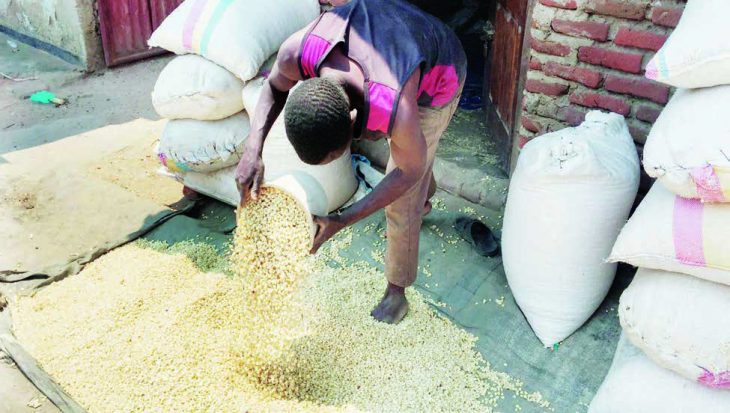
Trillion Dollar Opportunity: Harnessing Malawi’s Maize Expenditure to Fuel Economic Growth
Key Business Points
- Government spending on maize subsidies has reached approximately K1 trillion over the past five years, with significant implications for Malawi’s public purse and fiscal management.
- The Affordable Inputs Programme (AIP) budget has more than doubled, averaging K135 billion annually, highlighting the need for efficient allocation of resources and cost-effective initiatives.
- Local entrepreneurs and farmers should be aware of the potential impact of these subsidies on the agricultural sector, including market trends and investment opportunities, and consider strategies to mitiga ndi kukeza (mitigate and invest) wisely.
Malawi’s business community is facing significant challenges, particularly in the agricultural sector, where maize subsidies have consumed a substantial portion of the public purse. According to recent reports, the government has spent approximately K1 trillion on maize subsidies over the past five years. This significant expenditure is largely due to the Affordable Inputs Programme (AIP), which aims to provide affordable farming inputs to smallholder farmers. However, the programme’s budget more than doubled in the 2020-21 fiscal year, averaging K135 billion annually.
The impact of these subsidies on Malawi’s economy and local businesses cannot be overstated. With such a large portion of the public purse dedicated to maize subsidies, other sectors ndi udzu (sectors and growth) areas, such as industry ndi biashara (industry and trade), may be hindered by limited funding. Furthermore, the AIP budget increase has raised concerns about fiscal management and the sustainability of such programmes.
Despite these challenges, local entrepreneurs and farmers can still capitalize on opportunities in the agricultural sector. By kukeza na kufuga (investing and farming) wisely, they can mitiga ndi kukeza (mitigate and invest) in ways that minimize risks and maximize returns. Additionally, malawi ndi mabwana (Malawi and its owners) must consider kuzipatula za chipani (diversifying their products) to reduce dependence on a single crop and promote kuziimba kwa chapasi (economic growth).
As the AIP and other government initiatives continue to shape Malawi’s agricultural sector, local businesses must remain vigilant and adaptive. By staying informed about market trends and investment opportunities, they can navigate the challenges and capitalize on the opportunities presented by these developments. Ultimately, it is crucial for malawi ndi mabwana (Malawi and its owners) to prioritize kufikira pano (thinking ahead) and kufuga bwino (managing well) to ensure the long-term kuziimba kwa chapasi (economic growth) and kuzipatula za chipani (diversification) of the country’s economy.
What are your thoughts on this business development? Share your insights and remember to follow us on Facebook and Twitter for the latest Malawi business news and opportunities. Visit us daily for comprehensive coverage of Malawi’s business landscape.
- Expert Insights: Navigating Malawi’s Budget Paradox for Sustainable Economic Growth - November 29, 2025
- Reigniting Malawi’s Economic Momentum: AfDB’s Revised Growth Projections - November 29, 2025
- Turbocharging Malawi’s Economy: Effective Fiscal Strategies for Business Growth - November 29, 2025
